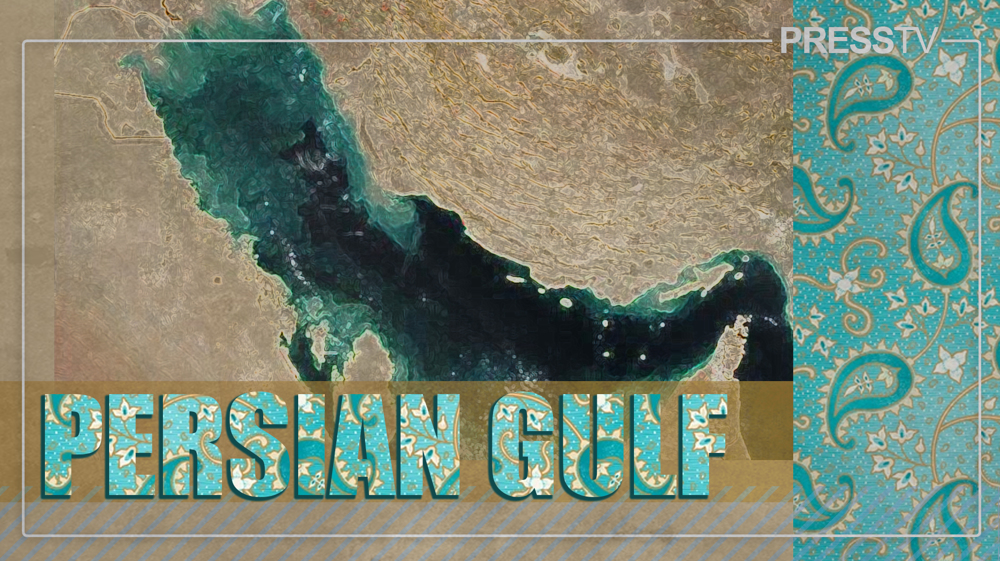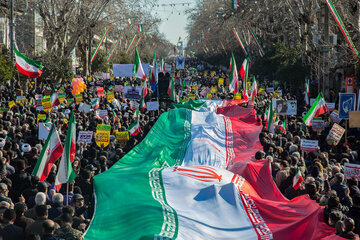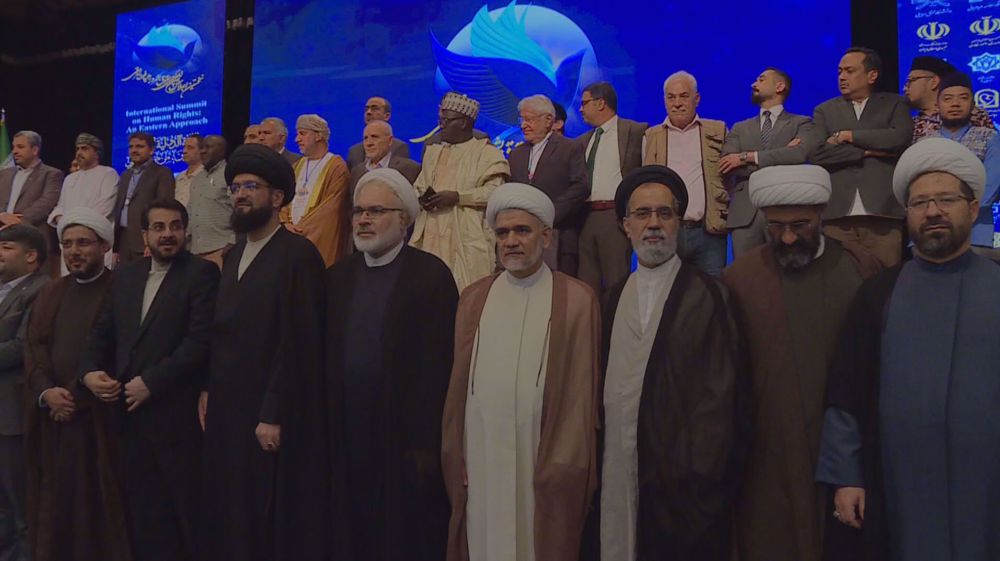Alwaght- One of the Yemeni people’s honors is that they converted to
Islam at the hands of Imam Ali. In the beginning prophet Mohammad (PBUH) sent
one of his scholars namely Muadh Bin Jabal to Yemen, in
order to explain for the people of Yemen the call of monotheism and the
principles of Islam. Muadh Bin Jabal, although, was versed in the holey Quran
and the Sunnah of the Prophet Mohammad (PBUH), but he could not answer a
question he was asked by some people regarding the rights of a wife over her
husband. . For this reason, Prophet Mohammad (PBUH) decided to send the top
scholar of his own school “Imam Ali (AS)” to Yemen in order to Islam in that region
of the Arab peninsula.
Furthermore, the Holy Prophet Mohammad (PBUH), long before
sent Khalid bin Walid to Yemen. Khaled remained in Yemen for 6 month, but no
one had accepted his call for Islam. When Imam Ali was dispatched to Yemen, the
Holy Prophet Mohammad (PBUH) ordered Khalid and his companions to return. When
Imam Ali (AS) entered Yemen, he praised God and after that read Prophet
Mohammad’s (PBUH) message to the people of Yemen. After that, all the people of
the Hamdan tribe, one of the biggest Yemeni tribes, embraced Islam. During his
stay in Yemen, Imam Ali (AS) was busy issuing judgments among the Yemeni
people. The Yemeni people’s honor to turn into Islam at Imam Ali (AS) hands, is
one of the reasons behind the Yemeni’s people loyalty and passion for Imam Ali
(AS), as well as their Alawi sect. In later historical stages, the Yemeni
people backed and supported Imam Ali (AS) and the Shiites in various occasions
among which is the Siffin war.
After the Yemeni people turned into Islam, they were among
the Muslims who fought against infidels. With the appearance of the Zaidi
doctrine in earlier third Hegira century, part of the Yemeni people converted
to the Zaidi doctrine. In the third Hegira century, Yahya Bin Hossein Rassi was
the first person who called the Yemeni people to convert to this doctrine.
Yahya Bin Hossein Rassi was a follower of Zaid Bin Ali, and has moved from Iraq
to Yemen and stayed in Saada, where he worked deliberately to disseminate and
the Zaidi doctrine. After a while, he was referred to as Imam. This is how Zaidi
doctrine gained its first foothold in Yemen.
Shiites who follow Zaid the son of Ali Bin Hossein (Imam
Al-Sajjad) are called Zaidi Shiites. In Safar 122 AH, Zaid Bin Ali led an uprising
against the Umayyad Caliph Hisham ibn Abd al-Malik and was eventually killed.
However, Zaid Bin Ali had certain principles and believes on
which the Zaydis was established. He believed that the two Sheikhs (Abu Bakr
and Umar) were elected and legitimate leaders, although Imam Ali (AS) was the
best compared to them. According to the Zaydis’ doctrine, Imam Ali was the best
among Prophet Mohammad’s (PBUH) companions, but due to the conditions and for
the sake of the Islamic Uma at that time, Imam Ali was dismissed from Caliphate
and Imamate. Zaydis make it clear that it is acceptable that a lesser person
becomes the overall Imam, or the Caliph, in an Islamic state despite the
presence of someone who is better suited for the job. The only condition is
that this should serve the interests of the Muslim community. Zayd believed
that Imam Ali was the most suitable of the Prophet’s Companions to succeed him
as his Caliph, which meant that he believed him to be than Abu Bakr and Umar.
Nevertheless, Zayd had no doubt that their choice of Caliph was right, and
allegiance was due to them without question. Zayd’s claims caused some protests
and eventually brave and zealous Shias abandoned him. Some people terminated
their sworn loyalty and allegiance to the Zaydiyya and renewed their allegiance
to Imam Sadiq (AS).
But the anticipated Zaydiyya theory is the theory of Imamate.
The Zaydiyya Imam must be a descendant of Fatima (AS), and no one outside of
the goodly tree from the sons of chastity, can be an Imam. In addition to this
condition for being an Imam, they believe that the Imam must be a brave and
pious scholar. Zayd ibn Ali believes that the Imam should be from the
descendants of Fatima (AS) as well as reveal his Imamate and stand for the
truth even if it took him to use his sword.
Therefore, from Zaidi’s point of view, an Imam who does not revolt and
fight for the Muslims’ rights, is not a legitimate Zaidi Imam.
In this context, some of the Zaidi’s theological and
political issues are inconsistent with the Shi'a Twelver sect. Among which is
the fact that Zaidis do not accept the divine letter and infallibility of an
Imam. Shiite and Zaidis share religious and intellectual proximity concerning
Imamate issues as well as doctrinal subjects (especially on monotheism and
justice) and the fact that both doctrines are influenced by the thoughts of the Mu'tazili school. Therefore and for decades, there have been cultural
ties and trade between the Shiites and Zaidis, and scholars of both religions
have benefited from one another’s intellectual, theological, Fiqh and religious
traditions products.
With the establishment of the Zaidi sect, this doctrine seek
believers among the Islamic territory, including Yemen. The Zaidi Imamate was
established in 284 Hegira, by the grandson of Qasem Ben Ibrahim namely Al-hadi
Ila Al-Haq. The tribes in that region have invited him in order to settle
conflicts among them. However, Shia beliefs had already appeared in parts of
Yemen since the emergence of Islam. But there is another reason that the Zaidi’s
specific activity has started before Al Hadi Ila Al Haq reached there. Al Hadi
designated “Saada” as the capital of his state. Al Hadi sons, namely Mohammad
Al Mortada (310 Hegira) and Ahmad Al Naser lidin Allah (332 Hegira) were
identified one after the other as "Imam”. Both are buried in the Mosque of
that a fore mentioned city. Saada remained as the Zaidis’ faith and teachings
strong base in Yemen.
Overall, Zaidis the government of Yemen contemporary, four
states were founded as follows:
-
The first state: this stage extends from the governing
period of Al Hadi Ila Al Haq Bin Qasem Al Zaidi till Salyahyan Al Esmaili’s
governing period. A gap between the two Zaidi’s governments led to the termination
of the first state. In other words, due to the weakness that the Zaidi’s were
experiencing, the Ismailis took advantage of the governing conditions and seized
power from the Zaidis in order to establish the Salyahyan state in Yemen. Salyahyan
was an Ismaili and ruled Yemen for almost one century.
-
The second state: Ahmad Bin Salman Al Motawakel Ala
Allah’s and Imam Sayyed Hassani’s state. They ruled almost from 532 Hegira till
965 Hegira, with up and downs till the second half of the tenth century.
Meaning, one Imam after the other and in some cases many Imams at one time in
various regions governed in Yemen. In the second Zeidi state and during the
Imamate of Imam Yahya Saraf Al Din, Yemen was occupied by Turks of the Ottoman
Empire in the context of expqnding their empire. Although the Ottoman Empire
was having strong foothold in other regions of the world, but within half a
century the Zeidi Imams were successful in expelling the Ottoman Empire out of
Yemen.
-
After expelling the Ottoman Empire out of Yemen, by
1006 Hegira someone named Qassem Bin Moammad Al Mansour Billah received the
reins of rule. Starting from his era, he and his sons gradually outcasted Ottomans
out of Yemen. His sons continued re-established a new independent government after
that and their rule last till 1289 Hegira i.e. till the Imamate of the Imam
named “Mansour Hossein”.
In these stages of Zaidi Imams’ rule, a gap can be seen. This
gap lasts for almost two half centuries, the Ottomans come back to Yemen,
occupy it and rule it. This gap separates the third Zaidi ruling era from the
fourth one. In this era, the Ottoman empire is living its final days; it makes
it till the first world war and eventually collapses, where the Zaidi’s come
back to govern Yemen.
-
The fourth and last Zaidi state: Zaidis have Imams who
are from the Hamid Al Din dynasty, who in turn are descendants of Imam Hassan
(AS), the second Shia Imama. Hamid Al Din dynasty are descendants of Qassem Al
Rasi. They start from Mohammad Bin Yahya Al Mansour Billah till Al Motawakil
Ala Allah Ahmad Hamid Al Din. In 1382 Hegira, Ahmad Hamid Al Din’s government
was overthrown when nationalist republicans pro-Jamal Abdel Nasser coup against
him.



























